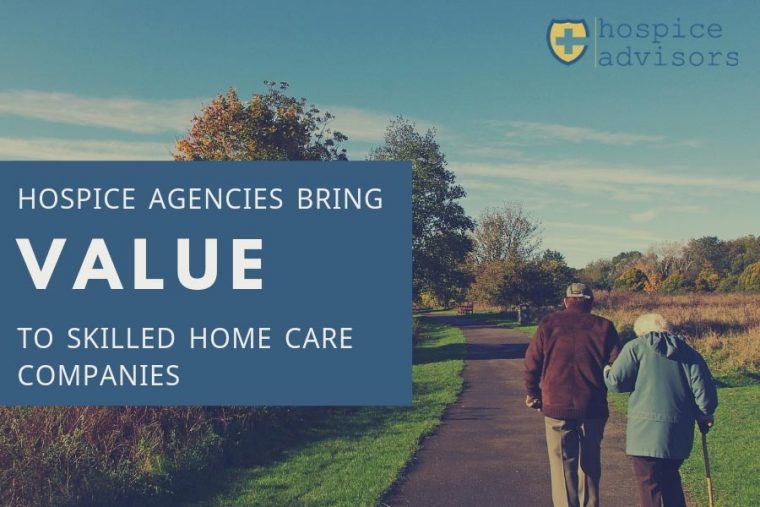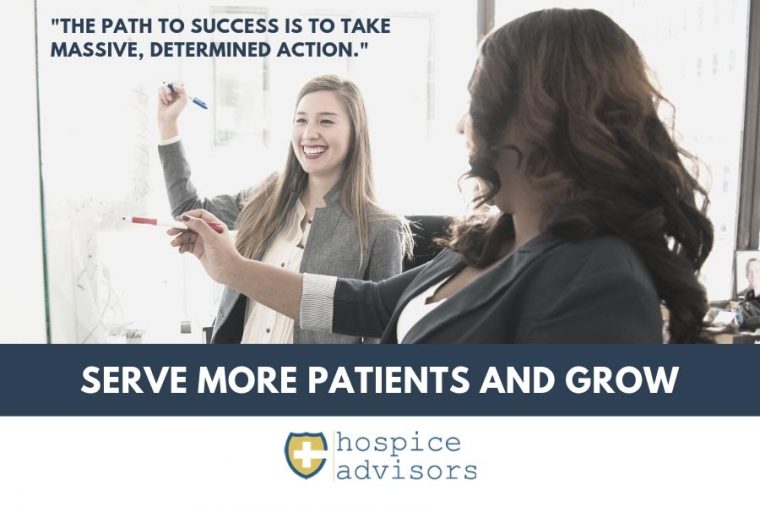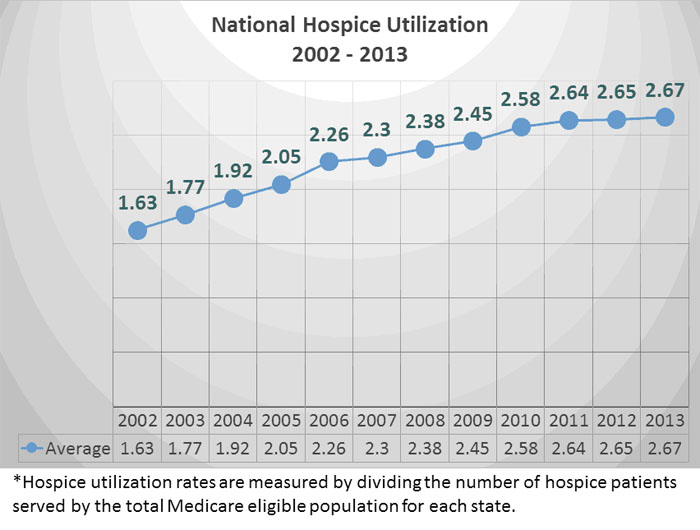What is happening in Home Care and Value Based Payment (HHVBP) is predicted to arrive on Hospices’ doorstep over the next few years. As we march through 2022, there are 15 Medicare Advantage Organizations comprising 115 insurance plans in 22 states participating in the CMS demonstration project. The final model is still undefined, and the question remains what the final VBID will look like and is your organization ready for change.

The challenge for hospices is how to prepare? Obviously, you don’t want to be way out ahead of the curve not knowing the final model. And at the same time, “Hope Is Not A Strategy” and responsible leaders need to prepare and anticipate change.
Introductions
Today’s Strategy Planning (SP) process is not your father’s SP process! SP use to be a 3-to-5-year planning window. This is obsolete in today’s environment. Now, SP is all about creating annual rolling operating plans that are updated yearly and are truly helpful tools to assist hospice organizations navigate a complex environment and strengthen performance in the areas of quality, growth, and finance.

At our last Hospice Advisors Boot Camp in Atlanta, Bill McArdle, the Owner and CEO of Trinity Home Care and Hospice out of Texas shared a strategy on how hospices can bring greater value to home care companies and increase hospice referrals along the way.

Some of the best lessons I have learned to serve more people, grow and strengthen financial performance have come from my mentors of the past.

A hospital is a “mini-city” and understanding all the subsegments that make up a hospital is critical to serving more people and growing. Each subsegment in the hospital has a unique value proposition. Clearly understanding each sub segments Value Proposition is a first-step to developing a marketing strategy.

Are there still opportunities to serve more people and grow?? I read an article by Rich Chesney who suggests that hospice is stuck in a rut. The article took an 11-year snapshot of hospice utilization, only to find that while hospice utilization was growing at the beginning of the period, that utilization seems to have plateaued. As in most industries that have reached a mature state in their development, doing things the same old way to serve more patients and grow has only gotten hospices limited growth. Add to that, increased regulatory scrutiny and pressure, and hospices are finding growth harder to come by and they become even more conservative about who they accept and keep on service. The data in Mr. Chesney’s report shows that the opportunity for growth is there. And I agree with him. The challenge is to create better ways to serve referral sources, provide a superior patient and family experience and truly understand the value propositions for each segment you are targeting and deliver.

The Post-Acute Care world is changing right before of eyes!! The formation of new approaches to insurance products and the development of Accountable Care Organizations (ACO) is changing how care is delivered. Is your organization up to the challenge?

What you will learn from relationship mapping?
There are a number of other people in the hospital who are critical to referral development. Learning how to relate to these people on value will help pave the way to the referral promise land.
Operating senior living communities can have its challenges. Ensuring the highest quality care is paramount and at the top of the list. One creative and unique way to ensure outstanding quality is to develop key strategic partnerships with all the community resources at your disposal. For senior living communities, this means putting a special focus on those relationships with home care, personal care and hospice companies, by utilizing each other’s services and leveraging those relationships for optimum care and value.

Everyone works the “middle” in the hospital. Those case managers, social workers and discharge planners. There are a number of other people in the hospital who are critical to referral development. They may never directly refer but have a tremendous influence on what hospice(s) gets a preferred status. Learning how to relate to these people on value will help pave the way to the referral promise land. But first you need to understand what relationships you have in place with these people. I call it “relationship mapping.” Below is a basic grid you can use to complete this process and instructions how to use it.











